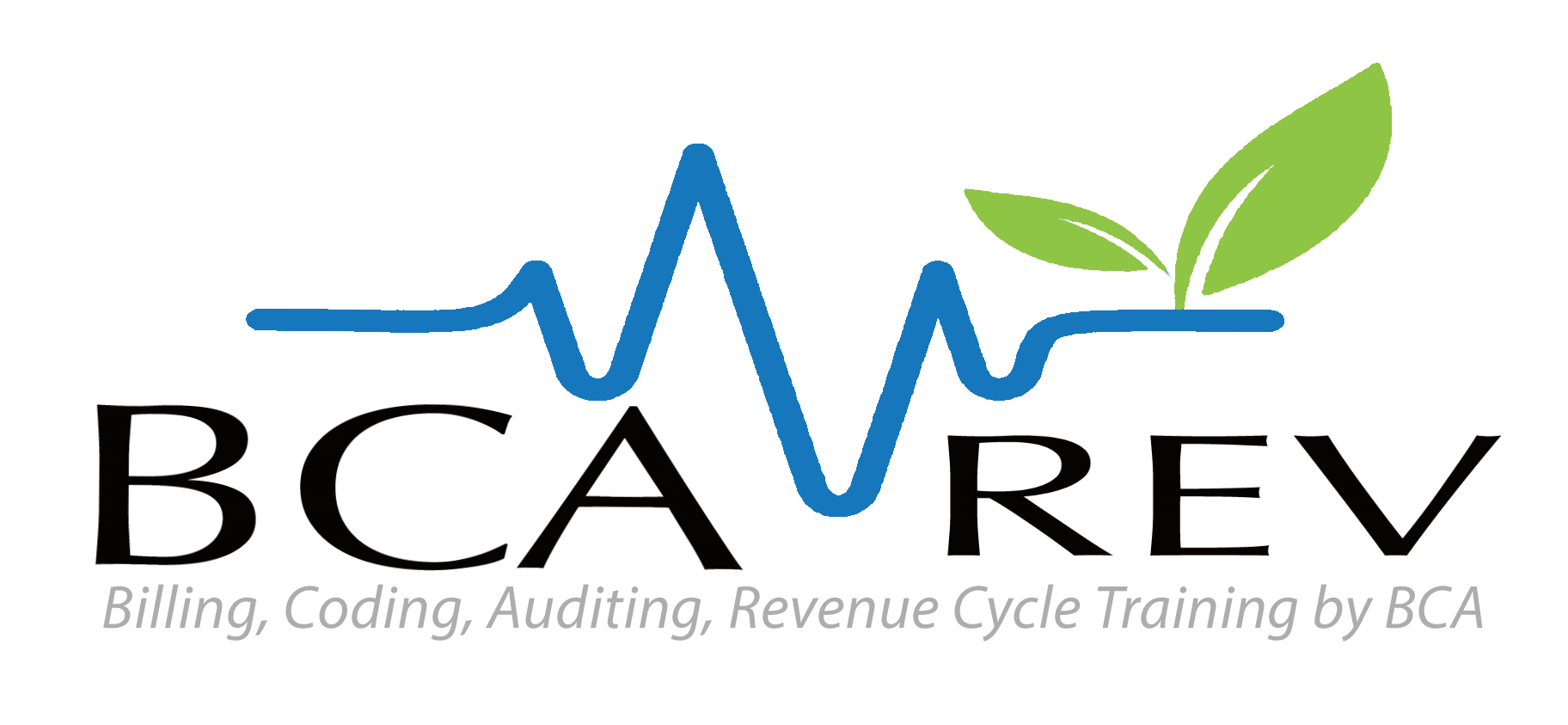CCEP Lesson 7 Homework
Eyes and Ears
Quiz Summary
0 of 16 Questions completed
Questions:
Information
You have already completed the quiz before. Hence you can not start it again.
Quiz is loading…
You must sign in or sign up to start the quiz.
You must first complete the following:
Results
Results
0 of 16 Questions answered correctly
Your time:
Time has elapsed
You have reached 0 of 0 point(s), (0)
Earned Point(s): 0 of 0, (0)
0 Essay(s) Pending (Possible Point(s): 0)
Categories
- Not categorized 0%
- 1
- 2
- 3
- 4
- 5
- 6
- 7
- 8
- 9
- 10
- 11
- 12
- 13
- 14
- 15
- 16
- Current
- Review
- Answered
- Correct
- Incorrect
-
Question 1 of 16
1. Question
The patient has chalcosis, but the doctor doesn’t specify which eye is impacted. Which code should you report?
CorrectIncorrect -
Question 2 of 16
2. Question
Your patient reports night blindness but she experiences it only after watching television. Which code should you report?
CorrectIncorrect -
Question 3 of 16
3. Question
The patient presents with Brown’s sheath syndrome of the right eye. Which code should you report?
CorrectIncorrect -
Question 4 of 16
4. Question
The patient is observed to have hypertropia of the left eye. Which code should you report?
CorrectIncorrect -
Question 5 of 16
5. Question
A patient suffers from hemeralopia. What is the accurate code for this?
CorrectIncorrect -
Question 6 of 16
6. Question
A patient had another recession strabismus procedure of the lateral rectus muscle. This muscle had previously been recessed during an operative session six months ago which resulted in scarring of the extraocular muscle. What CPT® code(s) is/are reported?
CorrectIncorrect -
-
Question 7 of 16
7. Question
A 12-year-old male patient has an abscess located at the external auditory meatus. The ENT incises the abscess and packs it to absorb the drainage. What CPT® code is reported?
CorrectIncorrect -
-
Question 8 of 16
8. Question
An 89 year-old patient who has significant partial opacities in the lens of the left eye presents for phacoemulsification and lens implantation. What ICD-10-CM code is reported?
CorrectIncorrect -
-
Question 9 of 16
9. Question
The patient was taken to the operating room for repair of blepharoptosis. The provider everts the upper eyelid and places clamps across the everted undersurface of the upper lid. The tissue distal to the clamps is excised or resected. This tissue includes conjunctiva, tarsus, Muller’s muscle and the distal insertion of the levator aponeurosis. The remaining tissue is reattached and sutured. What CPT® code is reported?
CorrectIncorrect -
-
Question 10 of 16
10. Question
What ICD-10-CM code is reported for an encounter for cataract screening?
CorrectIncorrect -
-
Question 11 of 16
11. Question
A patient born with right and left prominent ears presents for an otoplasty of both ears. What CPT® code(s) are reported?
CorrectIncorrect -
-
Question 12 of 16
12. Question
A patient born with right and left prominent ears presents for an otoplasty of both ears. ICD-10-CM code(s) are reported?
CorrectIncorrect -
-
Question 13 of 16
13. Question
A 26-year-old female with a one-year history of a left tympanic membrane perforation has consented to have it repaired. A postauricular incision was made under general anesthesia. Dissection was carried down to the temporalis fascia and a 3 x 3 cm segment of fascia was harvested and satisfactorily desiccated. The tympanic membrane was excised. Using a high-speed drill, a canaloplasty was performed until the entire annulus could be seen. The ossicular chain was examined, it was found to be freely mobile. The previously harvested skin was trimmed and placed in the anterior canal angle with a slight overlapping over the temporalis fascia. Packing is placed in the ear canal, external incisions are closed, and dressings are applied. What CPT® code is reported?
CorrectIncorrect -
-
Question 14 of 16
14. Question
A 53-year-old woman with scarring of the right cornea has significant corneal thinning with a high risk of perforation and underwent reconstruction of the ocular surface. The eye is incised and an operating microscope is used with sponges and forceps to debride necrotic corneal epithelium. Preserved human amniotic membrane is first removed from the storage medium and transplanted by trimming the membrane to fit the thinning area of the cornea then sutured. This process was repeated three times until the area of thinning is flush with surrounding normal thickness cornea. All of the knots are buried and a bandage contact lens is placed with topical antibiotic steroid ointment. What CPT® code is reported?
CorrectIncorrect -
-
Question 15 of 16
15. Question
What ICD-10-CM code is reported for bilateral chronic otitis media with effusion?
CorrectIncorrect -
-
Question 16 of 16
16. Question
A 60-year-old female with uncontrolled intraocular pressure and early cataracts is seen for a laser trabeculoplasty. This is her first treatment application. She will be examined over the next three months to ensure the normal inflammations subside. What CPT® code is reported?
CorrectIncorrect -
